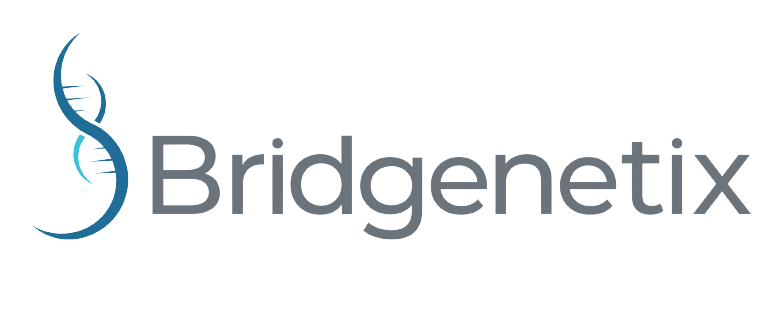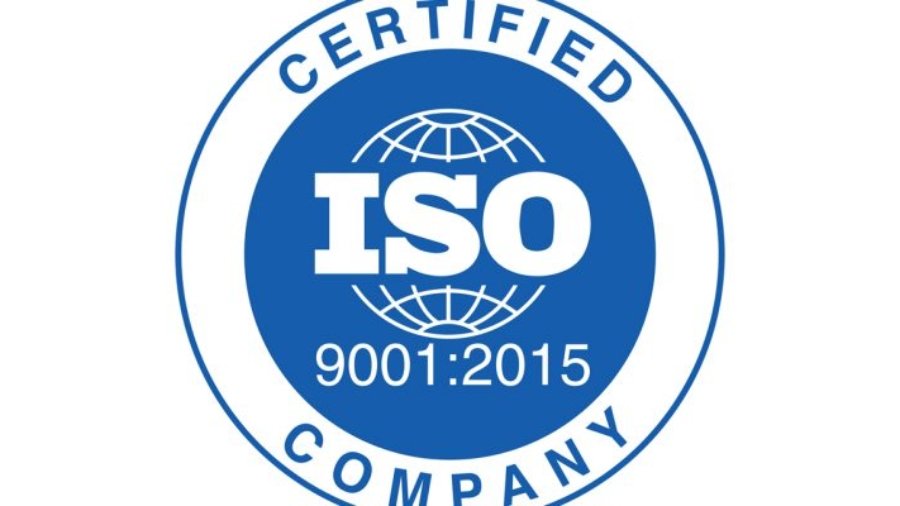The Intricacies of Medical Device Supply Chains
The global supply chain for medical devices is a complex web of manufacturers, distributors, and healthcare providers. This intricate system is fraught with challenges that can significantly impact the availability and quality of life-saving equipment. In this article, we delve into the most pressing issues that plague the medical device distribution sector and offer actionable insights for overcoming these hurdles.
Regulatory Compliance: Navigating a Maze of Standards
One of the most daunting challenges in the medical device supply chain is regulatory compliance. Manufacturers and distributors must adhere to a myriad of international and local regulations, such as the FDA in the United States and the CE mark in Europe. Non-compliance can result in hefty fines, legal repercussions, and a tarnished reputation. To mitigate this, companies should invest in compliance management systems and regular audits.
Quality Assurance: The Imperative of Flawless Products
Quality assurance is non-negotiable in the medical device industry. A single defect can have catastrophic consequences, including patient harm and legal action against the company. Implementing Six Sigma methodologies and ISO 13485 certification can significantly enhance quality control measures, ensuring that only flawless products reach the end-users.
Logistical Complexities: From Manufacturer to End-User
The journey of a medical device from the manufacturing facility to the healthcare provider is fraught with logistical challenges. These include transportation delays, customs clearance, and warehousing issues. Utilizing real-time tracking systems and automated inventory management can streamline the logistical process, ensuring timely delivery and optimal stock levels.
Cybersecurity Risks: Protecting Sensitive Data
With the advent of Internet of Things (IoT) devices in healthcare, cybersecurity has become a significant concern. Unauthorized access to medical devices can compromise patient data and even manipulate device functionality. Companies must employ robust encryption techniques and multi-factor authentication to safeguard against cyber threats.
Global Market Dynamics: Adapting to Local Needs
The global nature of the medical device industry presents challenges in adapting products to local market needs. Cultural, economic, and healthcare infrastructure differences can impact product adoption rates. Conducting in-depth market research and localization strategies can help companies tailor their products to meet specific regional demands.
Sustainability Concerns: The Environmental Impact
The medical device industry is under increasing scrutiny for its environmental impact, particularly in terms of waste management and energy consumption. Adopting sustainable manufacturing practices and eco-friendly materials can not only reduce environmental harm but also enhance the company’s brand image.
Financial Constraints: Balancing Cost and Quality
High-quality medical devices often come with a hefty price tag, making them inaccessible to healthcare providers operating on limited budgets. Implementing cost-effective manufacturing techniques without compromising quality is crucial for widening market reach.
Conclusion: The Path Forward
The challenges in global supply chain management for medical devices are manifold, but they are not insurmountable. By investing in technological solutions, adhering to stringent quality and compliance standards, and adopting a global yet localized approach, companies can navigate these complexities successfully. The future of medical device distribution lies in the seamless integration of these elements, driven by innovation and a commitment to excellence.


